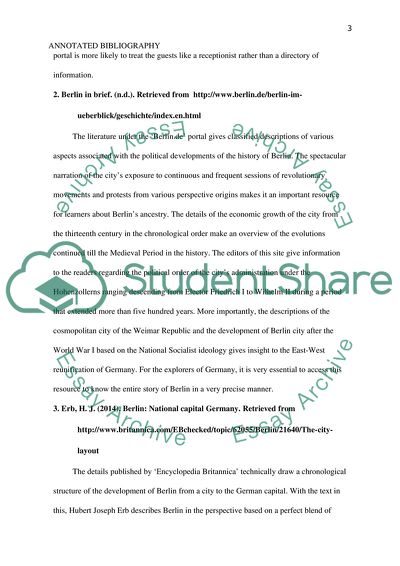Cite this document
(Analysis of Sources about Berlin Annotated Bibliography Example | Topics and Well Written Essays - 1750 words - 5, n.d.)
Analysis of Sources about Berlin Annotated Bibliography Example | Topics and Well Written Essays - 1750 words - 5. https://studentshare.org/geography/1863039-annotated-bibliography
Analysis of Sources about Berlin Annotated Bibliography Example | Topics and Well Written Essays - 1750 words - 5. https://studentshare.org/geography/1863039-annotated-bibliography
(Analysis of Sources about Berlin Annotated Bibliography Example | Topics and Well Written Essays - 1750 Words - 5)
Analysis of Sources about Berlin Annotated Bibliography Example | Topics and Well Written Essays - 1750 Words - 5. https://studentshare.org/geography/1863039-annotated-bibliography.
Analysis of Sources about Berlin Annotated Bibliography Example | Topics and Well Written Essays - 1750 Words - 5. https://studentshare.org/geography/1863039-annotated-bibliography.
“Analysis of Sources about Berlin Annotated Bibliography Example | Topics and Well Written Essays - 1750 Words - 5”. https://studentshare.org/geography/1863039-annotated-bibliography.


